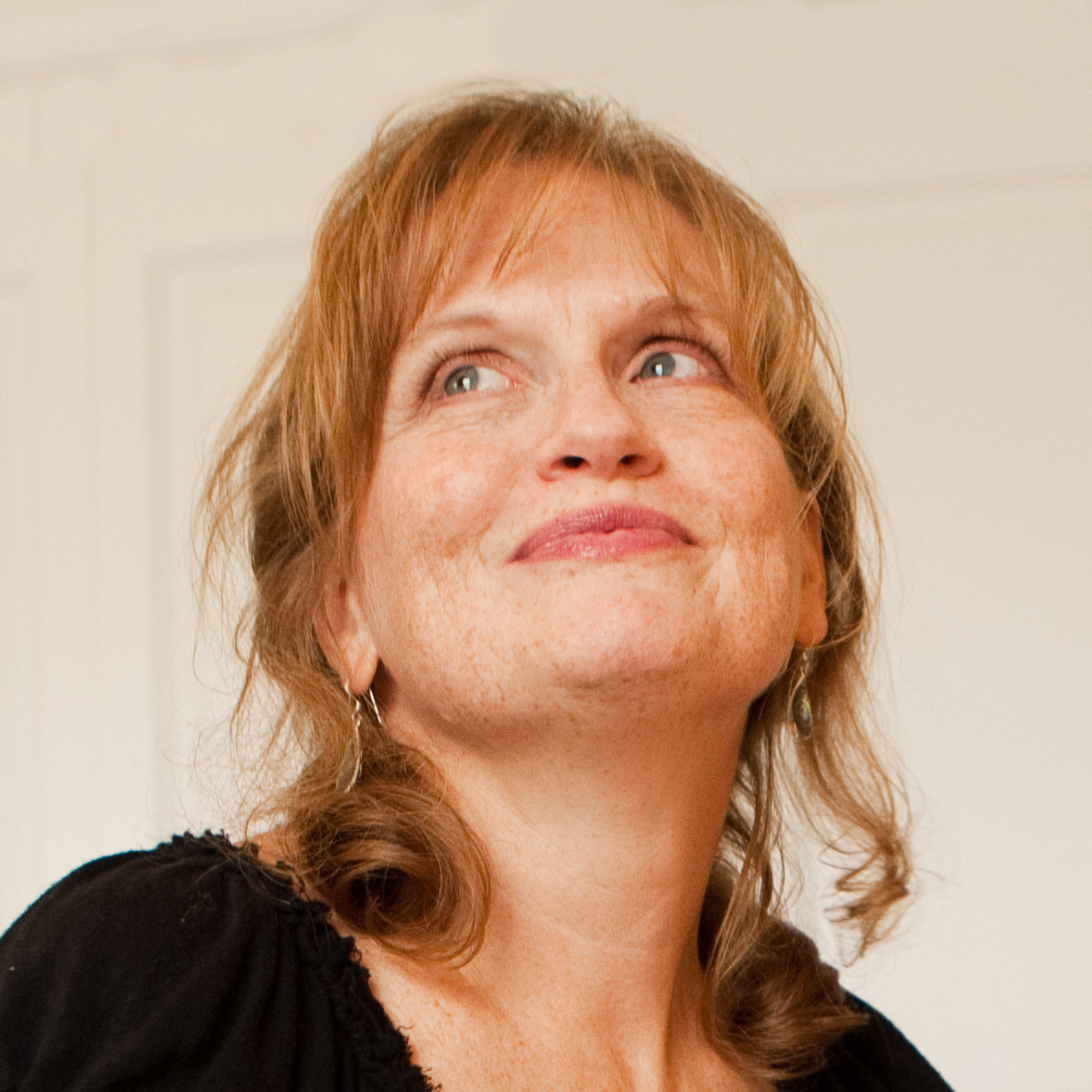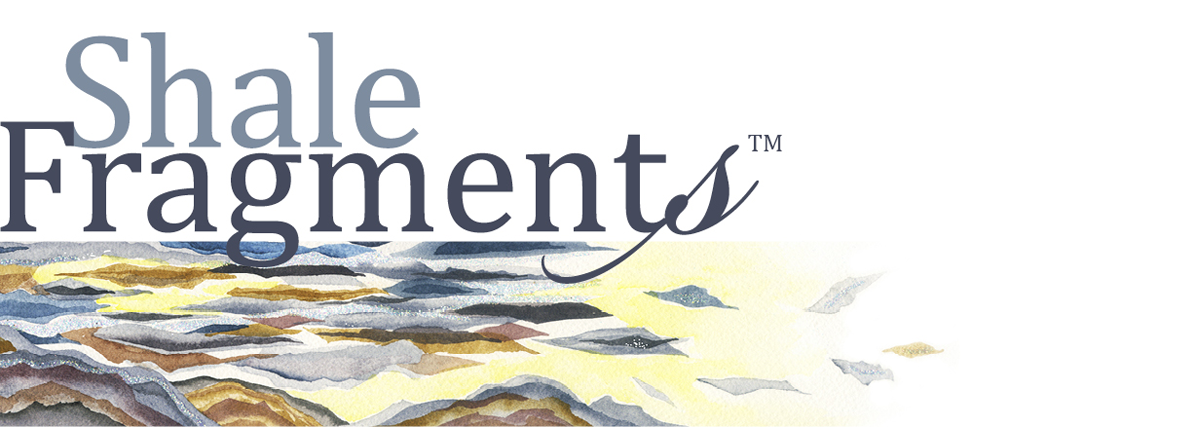In His Dust – 4. The history and culture surrounding Yeshua’s life and teaching, A Brief Overview
In His Dust
The history and culture surrounding Yeshua’s life and teaching, A Brief Overview
Print the PDF
- Yeshua lived about 4 BC to 30 AD in the Second-Temple period.
Here is a brief history of the Temple:- 950 BC – The glorious first Temple in Jerusalem was completed by Solomon.
- 586 BC – It was destroyed by King Nebuchadnezzar, and the Jews were deported to Babylon.
- 538 BC – King Cyrus let the Jews return to Jerusalem to rebuild the second Temple. Through much adversity, it was completed (515 to 430 BC) with the oversight of Ezra and Nehemiah.
- Between the testaments, the Greeks (450-163 BC) and then Romans (63 and following) ruled with a period of Jewish freedom in between.
- 176-63 BC – The Jewish freedom years resulting from the Maccabean revolt.
- First century AD (Yeshua’s day) – Herod the Great expanded the architecture of the second Temple. The Jews gathered, learned, prayed, and worshipped in local synagogues rather than the Temple. The timeline of the Passover observance in the year Yeshua was killed reflects this period.[1]
- 70 AD – the Second Temple was destroyed by the Romans.
- The language, agriculture, and politics
- The languages of Hebrew, Aramaic, Greek (the Romans), and Latin (official documents) contributed to the culture of the first-century, second-Temple period.
- Fishing flourished, along with abundant vineyards, wildflowers, tenant farming, olive oil, figs, and fertile soil. Yeshua spent most of His time in the fishing village of Capernaum.
- Revolutionaries and zealots, encouraged by the victory of the Maccabeans, trained in Galilee to revolt against Rome. Roman crucifixions were common to keep them in check.
- Yeshua was thoroughly Jewish and a highly respected rabbi (i.e., a teacher of Torah/Law).
We know this because His parents were extraordinarily devout as indicated in their observance of circumcision, purification, and the Feasts, as well as their knowledge of Scripture. They pilgrimaged to Jerusalem for Passover each year which was rare because the journey was arduous and expensive. Their devotion indicates they would have raised Yeshua just as all the Jewish boys were raised:
-
- At 5 or 6 years of age, Yeshua studied Torah (the Law – the first five books) by oral repetition.
- At 10, He learned the Mishnah (the commentary or interpretation of Torah by the sages).
- At 13, He had his Barmitzvah (coming of age), worked alongside His father, and studied every day.
- At 15, He learned the legal rulings of the rabbis.
- Although Yeshua did not marry, 18 was the age men would marry.
- At 20, He pursued His vocation.
- At 30, He entered full spiritual vigor. (For ex., a man from a priestly family would begin serving at the Temple.) Yeshua’s became a rabbi at His baptism. He chose and made disciples using the methods of the sages. He renewed and affirmed the Torah’s true intent and hinted at His Messiahship. “He drew upon the ancient wells and brought forth living water.” His teaching focused on the fruit of repentance – good actions from the heart, generosity, and dependence on God rather than on ritual purity.
- Important Aspects of Judaism
- Judaism is not a religion; it is a way of life.
- Judaism is covenantal; obeying Torah was a response to His gracious deliverance; therefore, study was worship.
- The Jewish people considered the Torah to be a treasure, a precious inheritance, a gift of guidance.
For more about the Torah, please see In His Dust - Abolishing and Fulfilling.
[1] “The second series of sacrifices [Deuteronomy 16:2 and 2 Chronicles 35] came to be called Second Passover. The sacrifices of lambs became so numerous, they lasted two days. What began as one combined series of sacrifices from the time of Josiah onward was separated into sacrifices on two days. On Nisan 14, the sacrifice of the Passover lambs occurred; they were cleaned and given to the people to take home and eat. The next day, Nisan 15, was the second Passover for the sacrifice of all other bulls, lambs and goats, including the atonement sacrifice or sin offering [killed when Yeshua was killed].” (Dwight A. Pryor, Misconceptions about the Passover)
Shale Fragments™ - devotionals by Beth Ann Phifer is a division of Flower Girl Greetings, LLC. ©2020, All Rights Reserved.
Blessings and love in Him,
Beth Ann
When you subscribe to the blog, we will send you an e-mail when there are new updates on the site so you wouldn't miss them.

Welcome to Shale Fragments, a collection of writings and art for individual and group use!
Teaching God’s truth and the beauty of His Word is my greatest delight! My art card company, Flower Girl Greetings, was launched in 2012 with this purpose. In April 2020, ShaleFragments.com became the gathering place for the writings.
As I have studied the rich meanings of the original Greek and Hebrew languages of the Bible, I continue to see beautiful progressions and connections that compel me to organize and convey their life-changing beauty!
Please click on each category to access a list of contents or scroll through the posts. To receive Shale Fragments updates, please subscribe here.


Comments 1
Beth Ann, You never cease to amaze me with your knowledge! I learn so much from your writings. Thank you and may God richly bless you for all your work for Him.